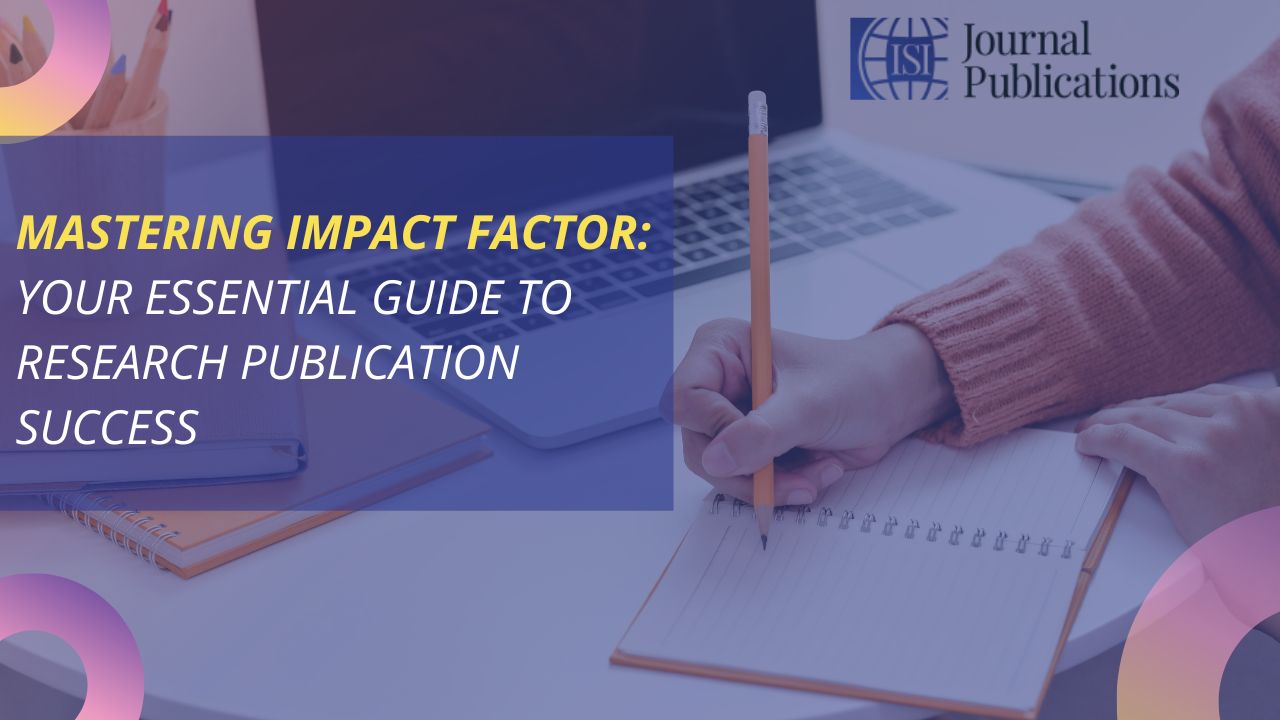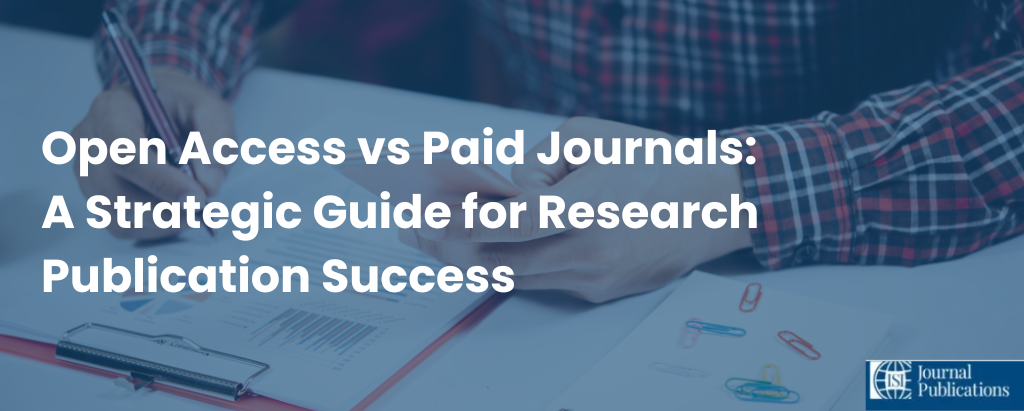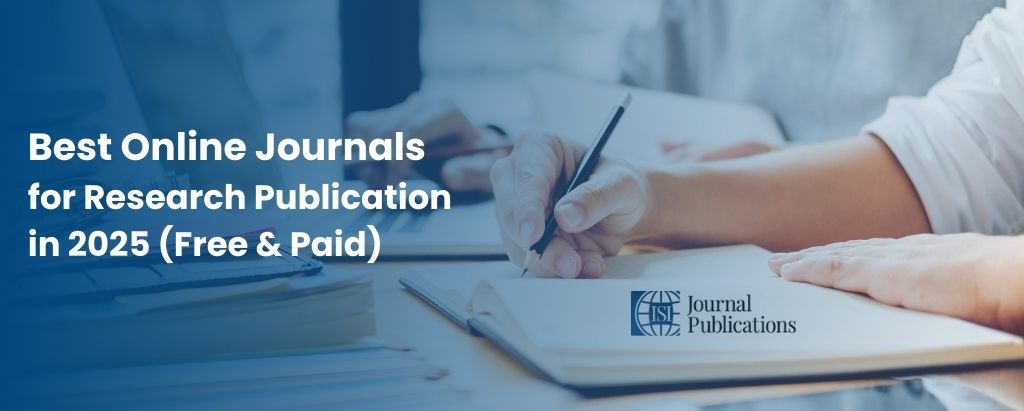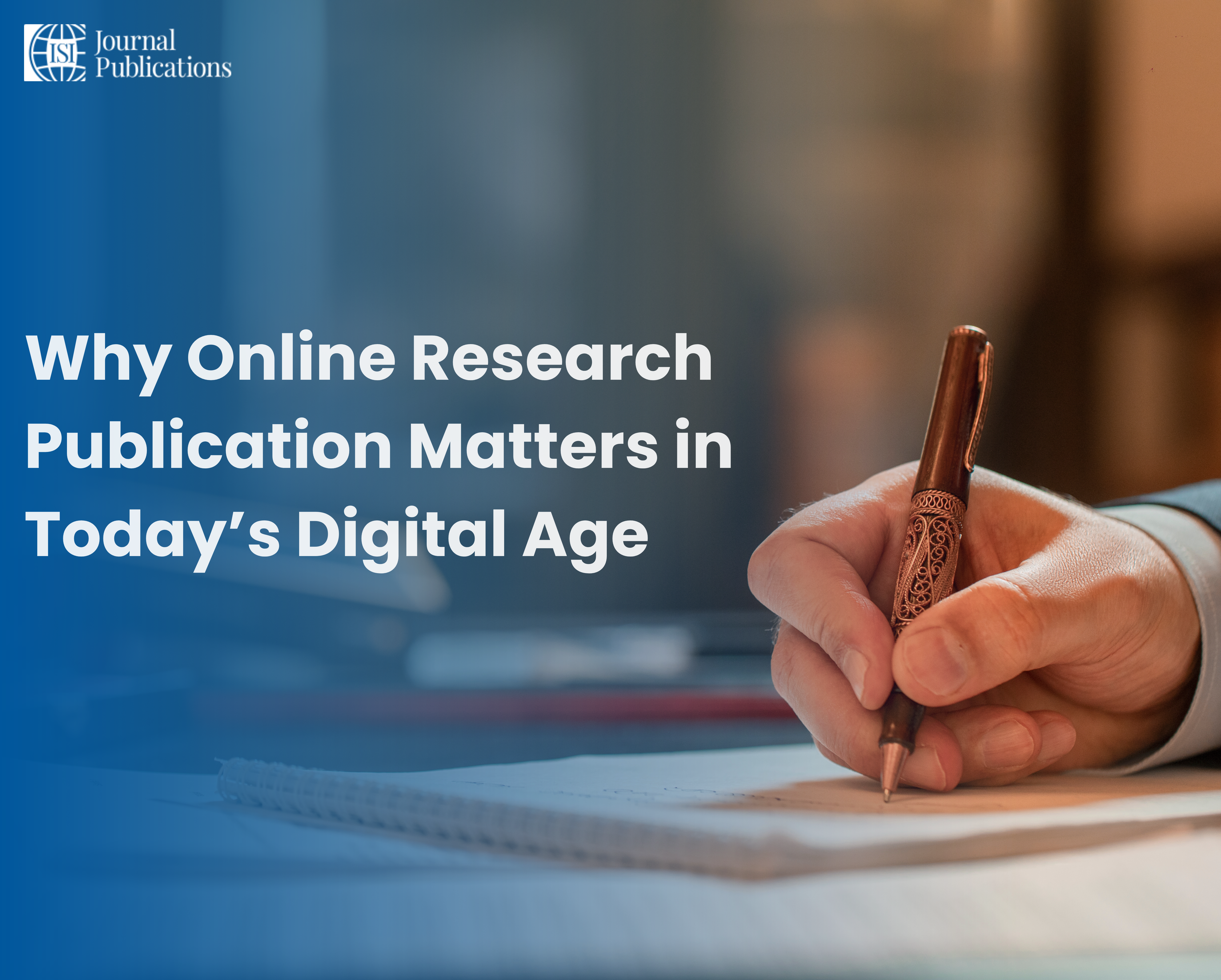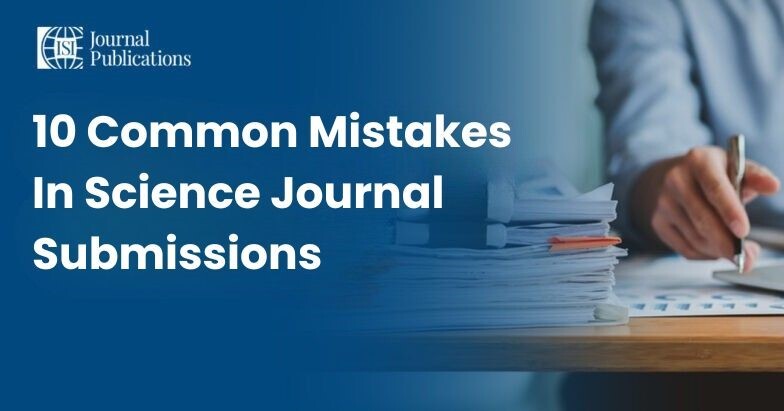In the competitive world of academic publishing, the impact factor is a crucial metric. It influences researchers’ decisions when selecting journals for their work, especially in the growing field of online research publication. Understanding the impact factor and other journal metrics is essential for increasing your research’s visibility, credibility, and reach.
This blog explains the importance of the impact factor, its influence on journal selection, and strategies for choosing the right journal to maximize your academic success.
Introduction: What is the Impact Factor, and Why Does It Matter?
The impact factor is a metric that measures the average number of citations articles in a journal receive over a specific period (usually two years). It is calculated using this formula:
Impact Factor = (Number of Citations in a Year) ÷ (Total Articles Published in the Previous Two Years)
For example, if a journal has an impact factor of 5, each article received an average of five citations during that time.
Why is this important? Journals with higher impact factors are often seen as more prestigious. Publishing in these journals can enhance your academic standing and make your work more visible. However, while the impact factor is an important metric, it’s not the only thing to consider when choosing a journal.
Section 1: How the Impact Factor Influences Journal Selection
The impact factor plays a key role when researchers choose where to publish. Here’s why:
- Reputation and Credibility
High-impact journals are considered more credible within the academic community. Publishing in these journals can boost your professional reputation. - Visibility and Reach
Journals with high-impact factors have a broader readership, which increases the chances of your research being seen, cited, and discussed. - Career Advancement
Academic institutions often prioritize publications in high-impact journals when evaluating researchers for promotions, tenure, or grants. - Funding Opportunities
Many funding agencies prefer research published in high-impact journals. This can influence your ability to secure funding for future projects.
While the impact factor is important, it shouldn’t be the sole deciding factor. Other metrics and considerations should also guide your decision.
Section 2: Beyond Impact Factor – Key Metrics to Consider
To make an informed decision, it’s important to understand other journal metrics that reflect a journal’s impact and influence:
- H-Index
The h-index measures both the productivity and citation impact of research. Journals with a high h-index publish frequently cited research. - Citation Index
This metric tracks how often articles from a journal are cited in other research. It reflects the journal’s influence in its field. - Altmetrics
Altmetrics measures the societal impact of research by tracking social media mentions, news coverage, and other online attention. - Eigenfactor Score
This score evaluates a journal’s overall influence, giving more weight to citations from highly cited journals.
Considering these metrics gives you a broader view of a journal’s relevance and impact.
Section 3: Strategies for Choosing the Right Journal
Selecting the right journal for your research requires a strategic approach. Here are some tips to guide you:
- Identify Your Target Audience
Think about who you want to reach with your research. Choose a journal that is popular within your field or niche. - Evaluate the Journal’s Scope
Check the journal’s aims and scope to ensure your research aligns with the types of articles it publishes. - Look at Metrics
Review the journal’s impact factor, h-index, and other metrics. Balance these with practical considerations like scope and audience. - Check the Journal’s Reputation
Investigate the journal’s standing in the academic community. Look for reviews, ratings, and feedback from other researchers. - Ask for Advice
Seek guidance from mentors or colleagues familiar with publishing in your field. Their experience can help you make an informed decision. - Consider Open Access
Open-access journals make your research freely available to a global audience, increasing its visibility and impact.
Conclusion: Maximize Your Research Impact with Smart Journal Selection
The impact factor is an important metric in academic publishing, but it’s not the only one. By considering other metrics like the h-index, citation index, and altmetrics, you can make a well-informed decision about where to publish.
A strategic approach to journal selection can maximize your research’s reach, credibility, and impact. Don’t hesitate to consult with colleagues or professional editing services to ensure your work is ready for submission.
Remember, the right journal can make all the difference in your academic journey!
